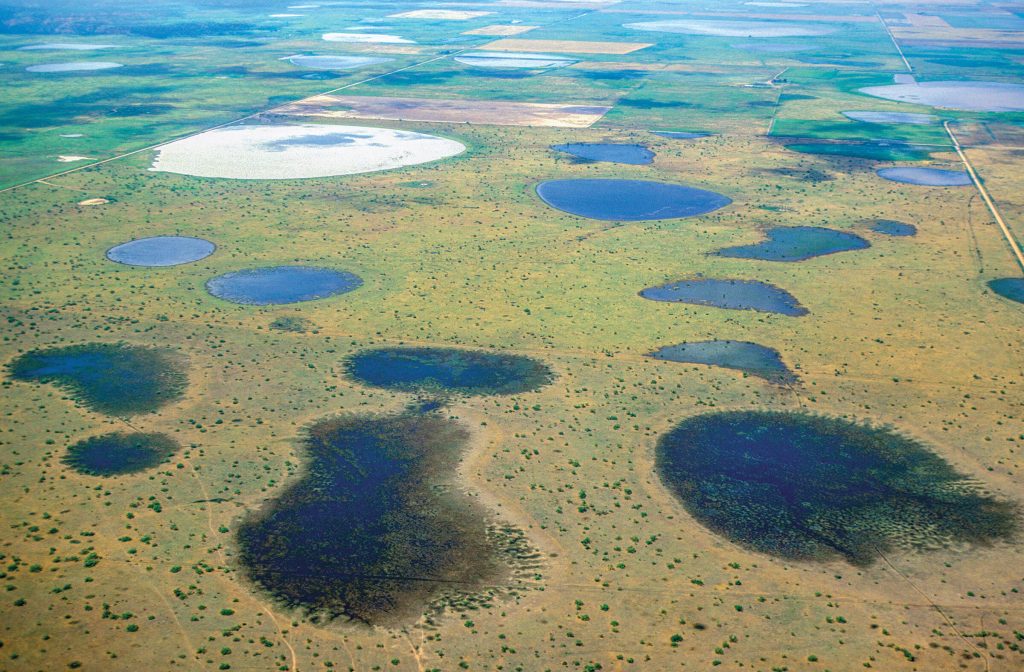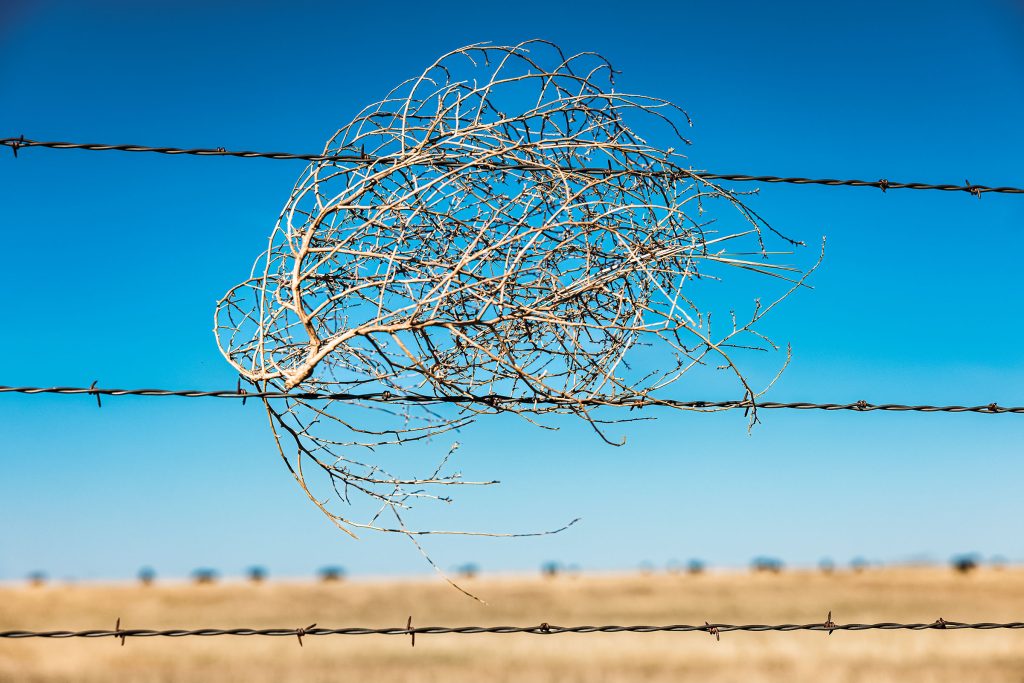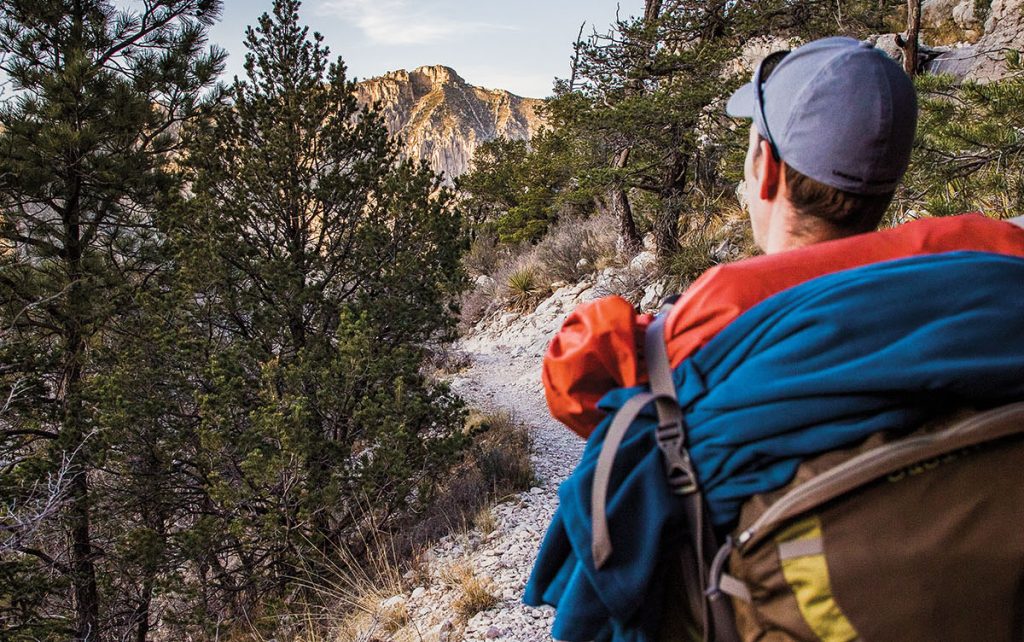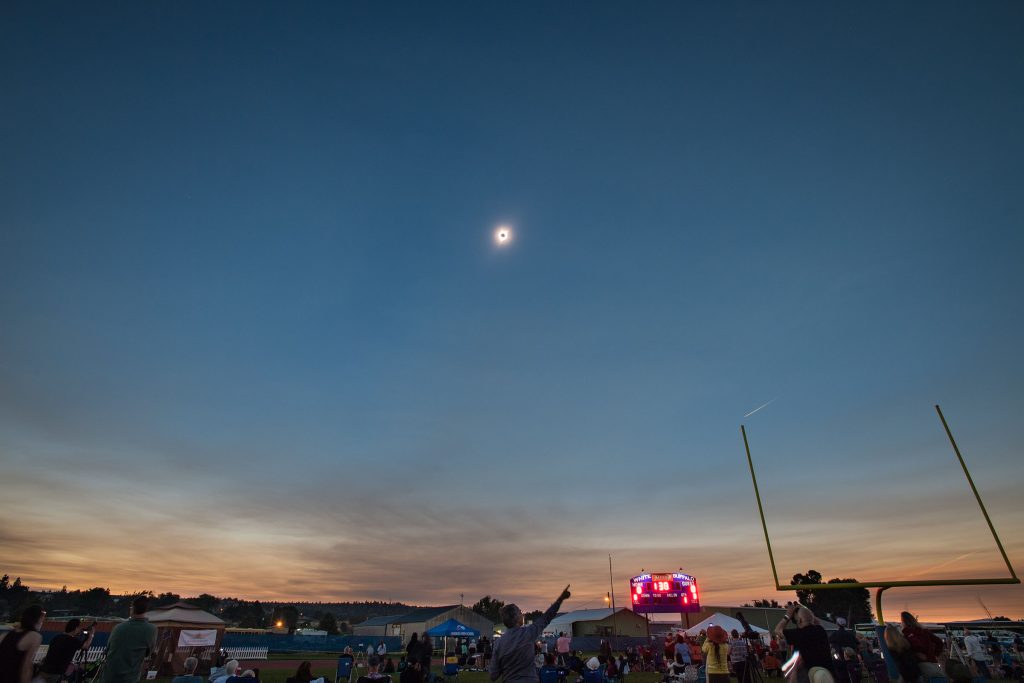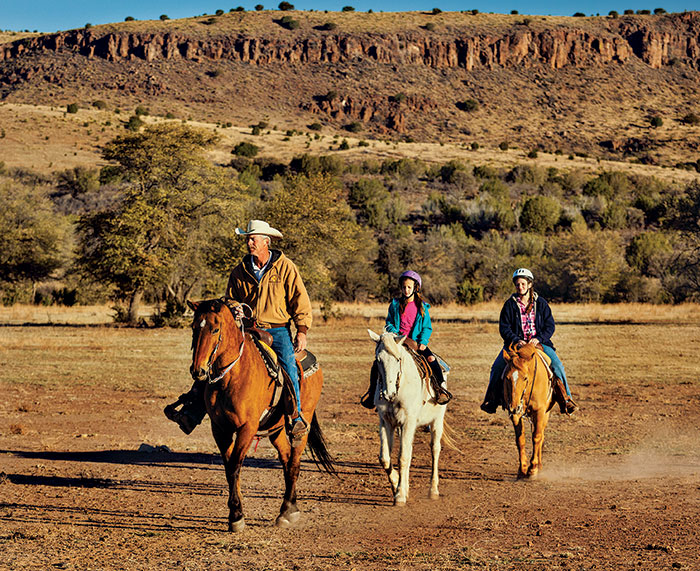
Old Gonzo doesn’t want to trot. At first we thought it was because he didn’t like walking behind Chili Bean, my daughter’s horse, who apparently is suffering mild gastrointestinal woes. So our cowboy leader moves Gonzo to the front of the line. But still, Gonzo is a reluctant trotter.
My daughter and I are learning much on this ride, not the least of which is that the moods of the horses play a significant role in the flow of things.
We are here, riding at Historic Prude Ranch in the rocky plateaus of Fort Davis, because my eight-year-old daughter, Carlisle, has become horse-obsessed. Ever since she attended an English riding day camp in Austin last summer, her world—and therefore mine—has turned abruptly equine. We have horse bed sheets, horse dolls, and multiple horse T-shirts. Carlisle spends her spare moments drawing horses, naming her imaginary future horses, and setting up jumping courses throughout our living room.
Growing up in Texas, I had cared about horses about as much as I’d cared about cowboy hats and rodeos, which is to say—not at all. Carlisle, however, has been bitten by the horse bug that often bites young girls. I recognize that part of my job as a parent is to encourage my children to explore different passions—and see which ones stick. But I also know that heading further down the path of horse mania is not to be taken lightly. It’s expensive and involves carpooling through Austin traffic to rural farms. So before I committed to weekly riding lessons, we needed to investigate whether this horse bug is real or just a stage. With a West Texas family trip approaching, I booked a trail ride at Historic Prude Ranch, the endearing dude ranch that has been teaching kids to ride for decades.
So here we are in the desert mountains on a crisp West Texas morning. We weave our way across the dry and rocky Limpia Creek, where water once flowed enough to draw people to this forbidding land: first Native Americans, then soldiers at the nearby military fort, and then settlers like Deidrick Dutchover, a Belgian pioneer who lived near the fort, raising goats and dodging Apache attacks.
Adrian Glidewell, the 21-year-old cowboy leading our ride, is a descendant of Mr. Dutchover, and he looks the part. With his floppy brimmed hat, pointy silver spurs, and wide agreeable face, he seems as natural in this landscape as the horses and prickly pear. Adrian was riding by the time he was two, and knows these animals’ quirks and nuances. When the horses nibble on prickly pear fruit, Adrian plucks the cactus spines out of their noses. He cares for them like children.
Carlisle picks up on this. It plays into her own natural affection for the animals, whose power and size make her girlishness seem all the more delicate. She talks to her horse, sweetly chiding him when he stops to eat brush. I am reminded of something a child psychologist mentioned during a parenting talk at our church: Girls who are passionate about horses seem to weather the turbulent adolescent years with more aplomb than most, perhaps because of the relationship and care they have for the horses. Now I think I see what he means.
Even though Adrian is young, he tells stories like a seasoned cowboy. He talks about saving his horses from the 2011 wildfires that swept through Fort Davis. About how beautiful the sunrise is when he makes his morning horseback commute over the three little mountain ridges that stand between Prude Ranch and his home. Carlisle hangs on every word. Instead of focusing on form and posture like she did at camp, she is absorbing something else—a respect for nature and its hazards and delights; things you may only get to know if you live close to them.
We ride on and I sense how uncommonly focused Carlisle is. Perhaps the swaying of our bodies atop these slow-walking horses is having a meditative effect. Perhaps the spare beauty of this rugged terrain is quieting her. At one point she says with wonder, “Mommy, look! The view!” She is slowing down and noticing things. And best of all, she wants to share them with me.
This is a different way to be together. Out on the trail, we are enjoying a freedom that our city living doesn’t allow, a fresh connection that feels more essential and satisfying. We smell the creosote, we spot a lizard, we urge a horse to stop eating and keep moving. Talking, but not a lot, we enjoy just being together.
When we finally get Old Gonzo to trot, the whole line of riders picks up speed and we bounce along in our saddles. Carlisle’s horse gives a little buck, but she is unperturbed. She tells me to try “two-point,” which I surmise is riding lingo for lifting up out of the saddle. She’s confident. I am impressed and surprised in the way parents often are when they first realize that their child is following her own passion, mastering things we may know little about. And although I can’t say how long her horse obsession will last, I see that helping her follow her eight-year-old dreams has a lot to teach me, too.
